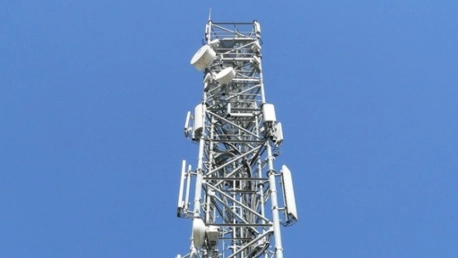
It’s not unusual for someone today to wear a smartwatch and use an iPhone, intuitively switching between email, photos, social media, and streaming apps. Today’s devices are certainly a far cry from the 1 kg-plus block of plastic and circuitry that was the first mobile phone 50 years ago. But the

Network-as-a-Service (NaaS) platforms allow organizations to rent network infrastructures, reducing the time and expense of implementing this in-house. Enterprises benefit from this technology, as it enables quicker, more reliable, and secure performance, offering remote access and predictable

With the rapid progress of technology, organizations need more effective methods to simplify their network infrastructure and improve performance and efficiency. This process is “Mass network simplification—reducing the complexity of networks by eliminating components that do not provide maximum

With the increasing number of users accessing the internet via mobile devices, applications must provide a smooth and seamless experience, free from lag and downtime. Network optimization ensures this is the case by improving the speed, reliability, and efficiency of data transmission. Setting up

The recent development of data-hungry technologies, such as the Cloud, IoT, and AI, is driving the demand for data center capacity to new heights. As humanity creates, copies, and consumes more and more information, we are entering a new phase in the evolution of the data center industry. From army

The era of 3G, a technology that played a significant role in the rise of smartphones, has come to an end. Until a few years ago, most people relied on it as it was 30 times faster than 2G . However, the introduction of 5G marked the move from older cellular connections to free up the spectrum and